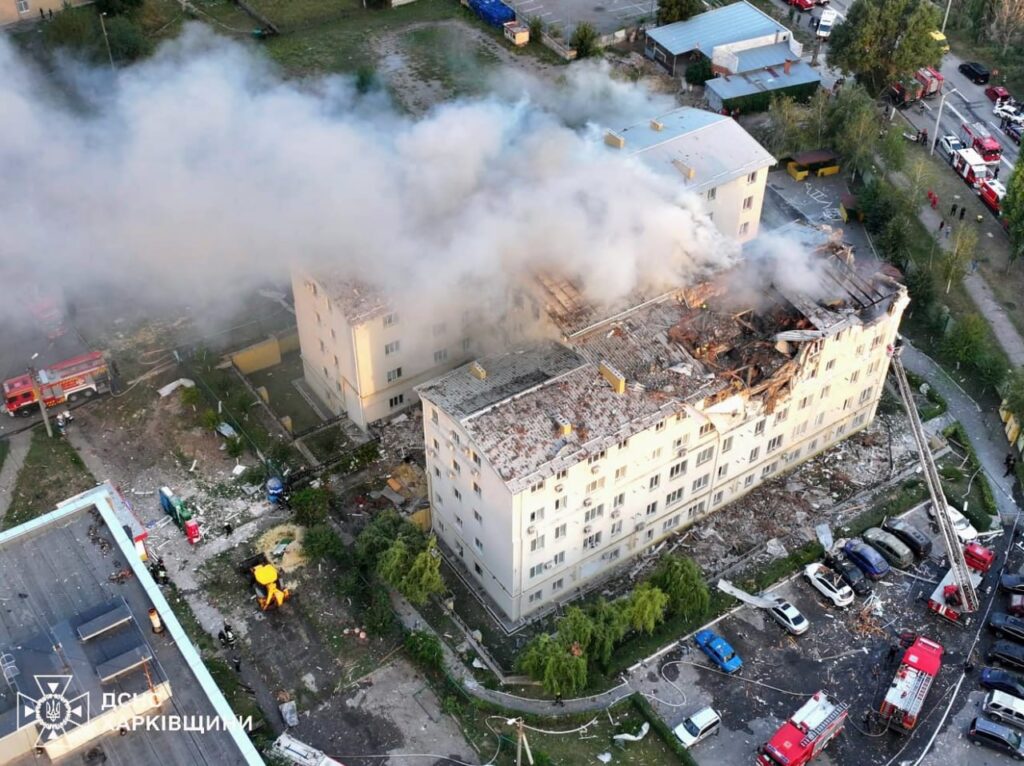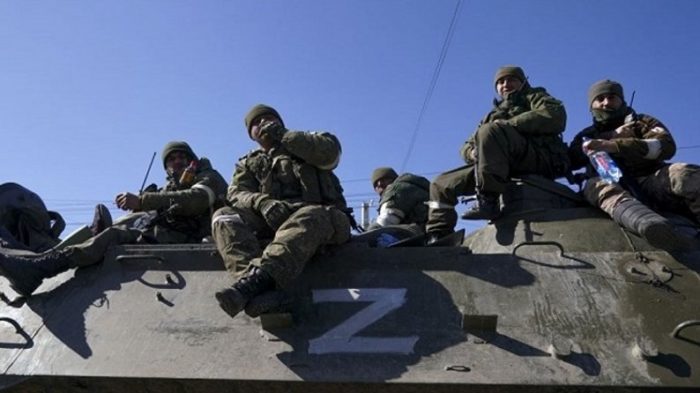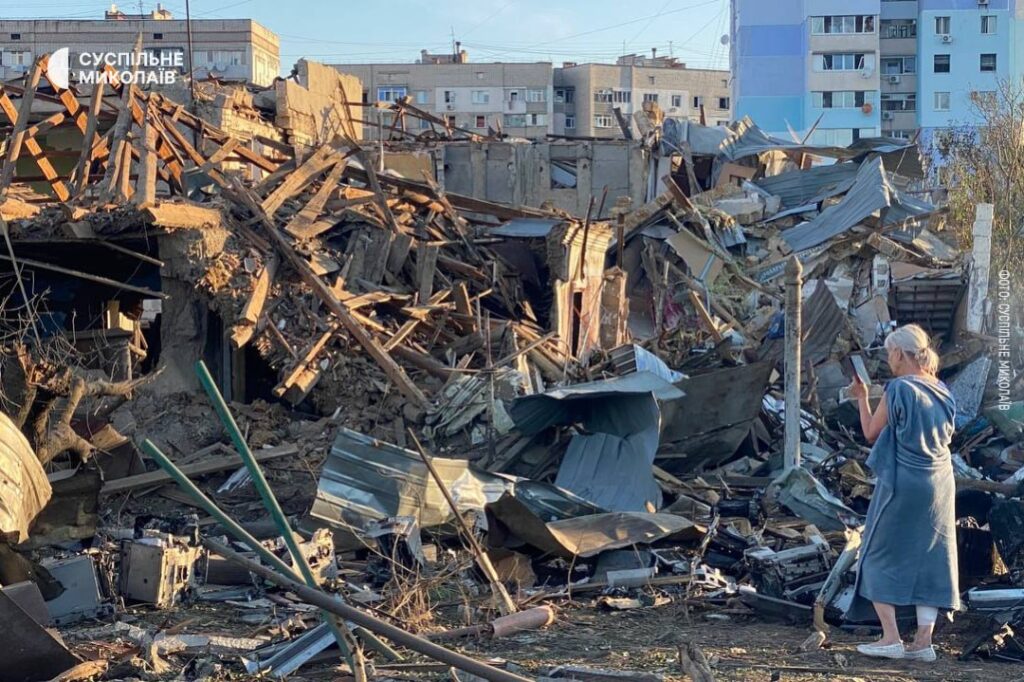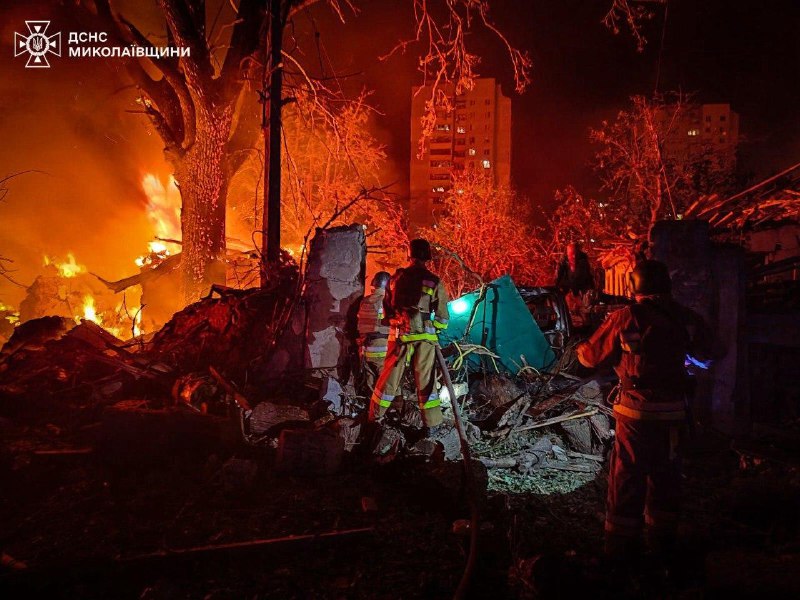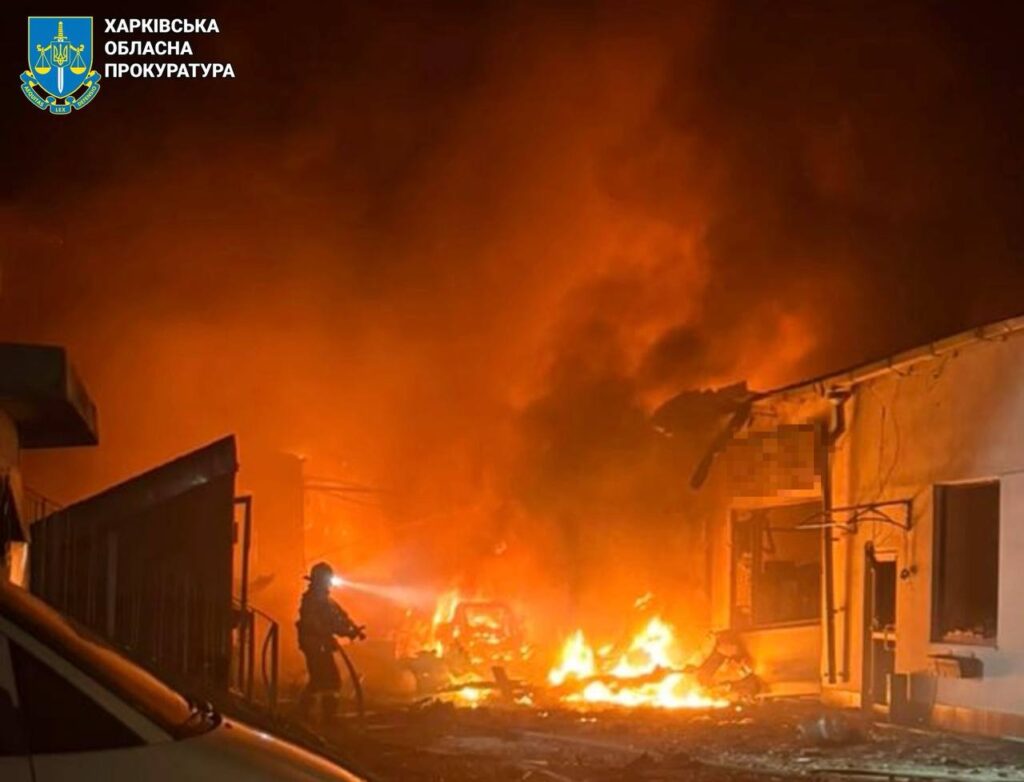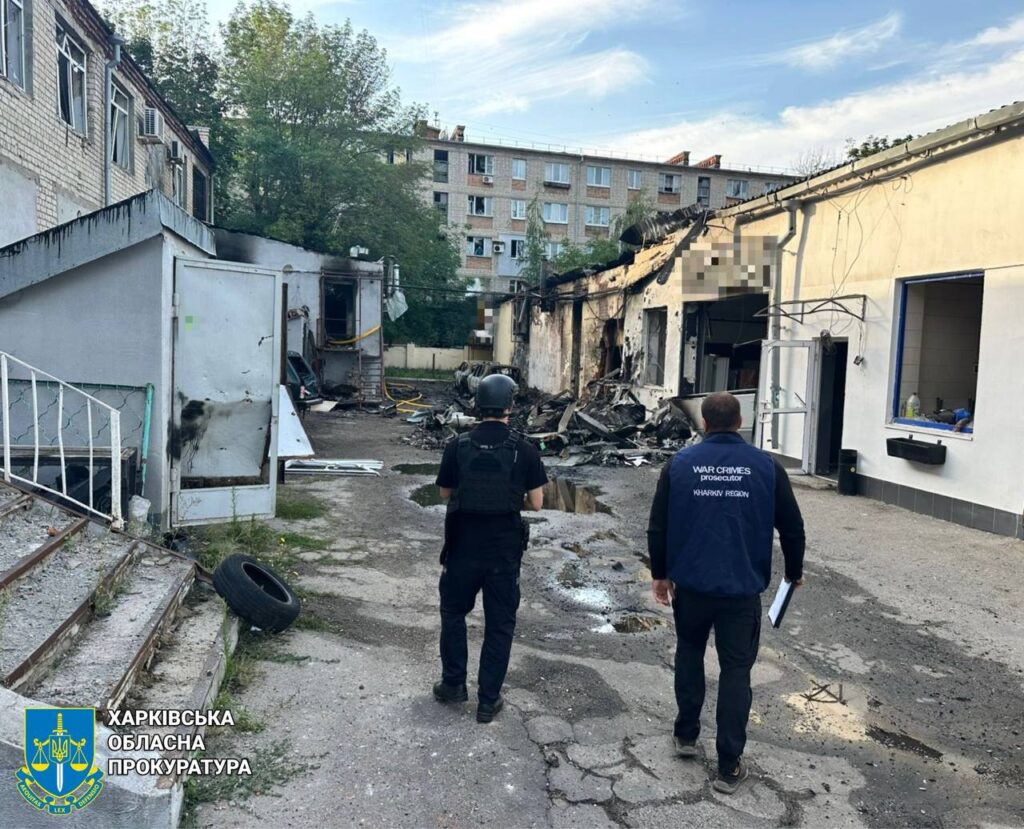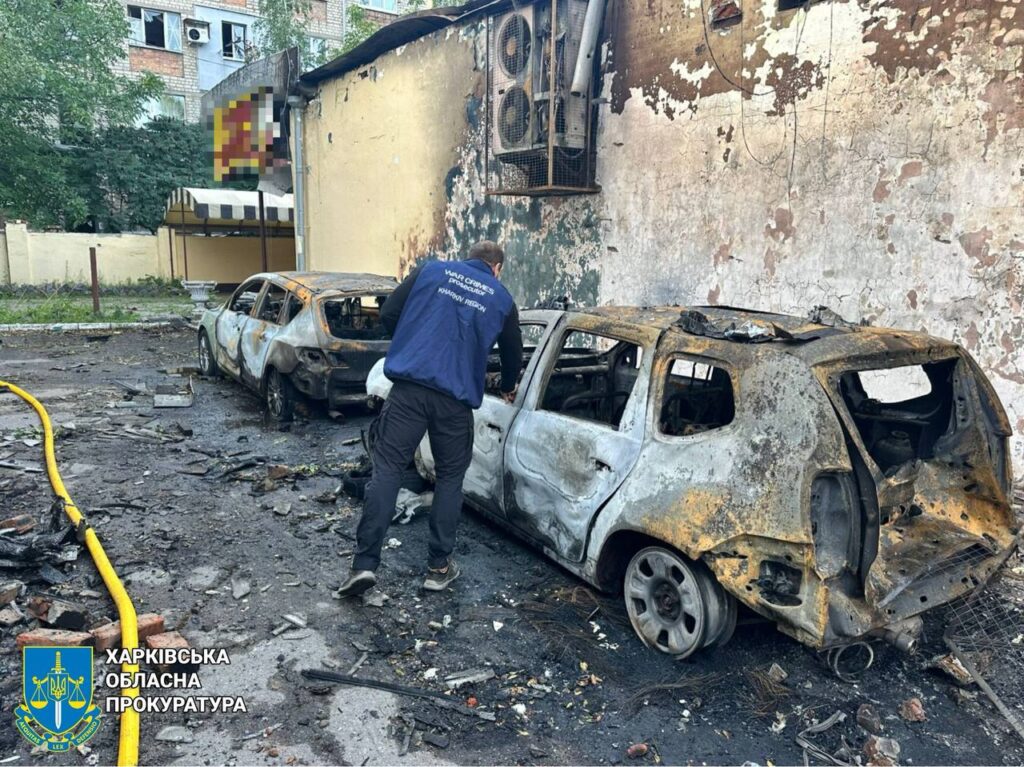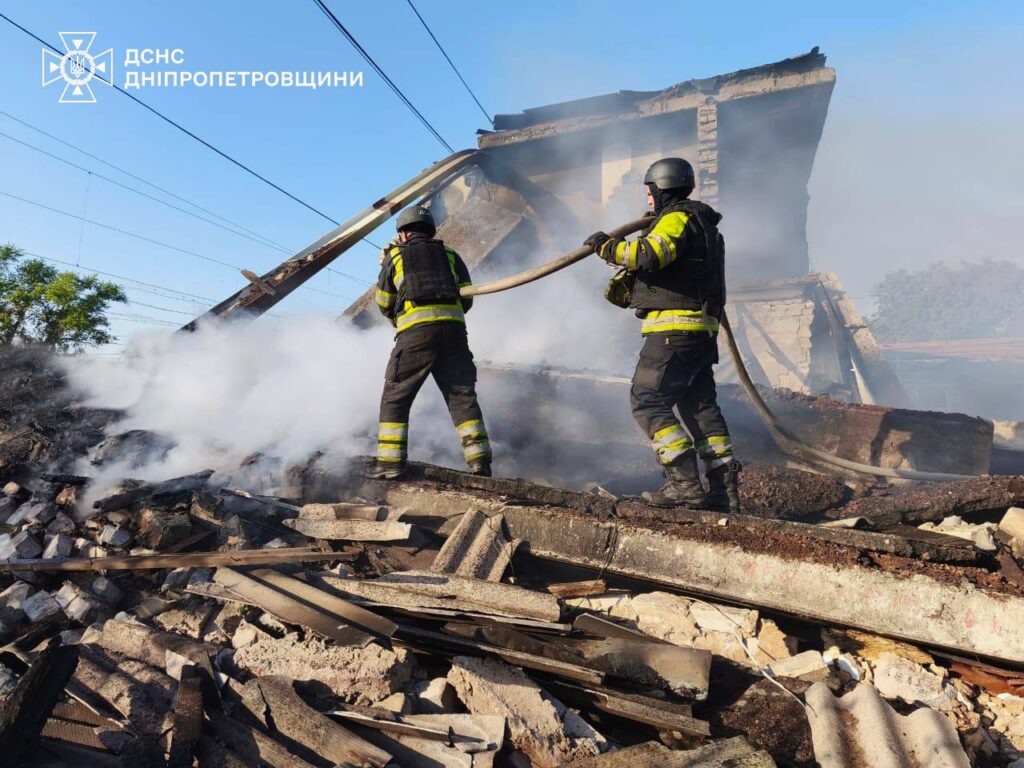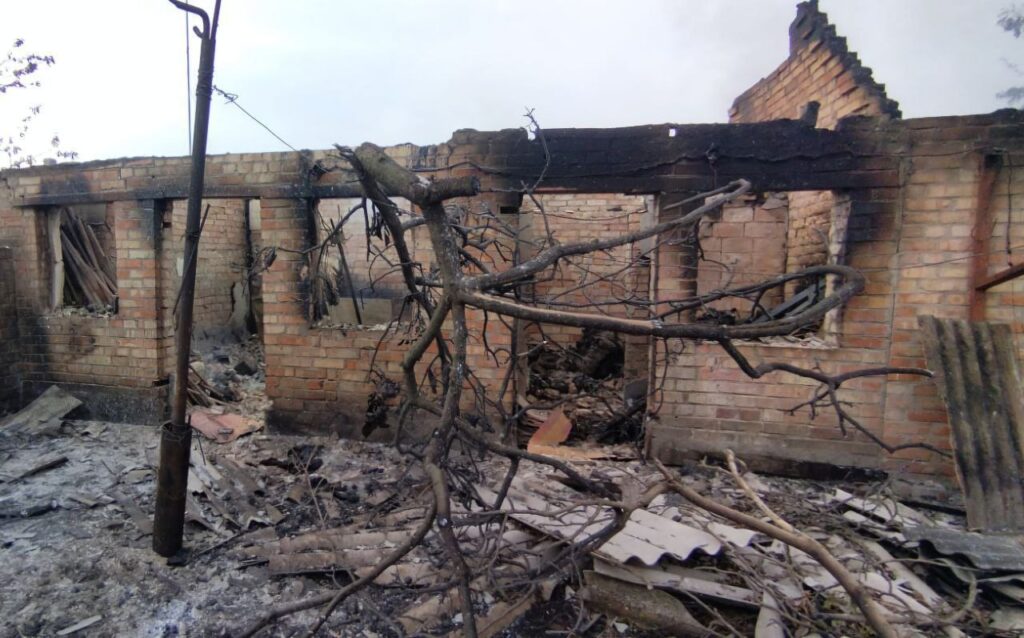Russia kills family with five drones in Ukrainian region, which is under Washington’s negotiation agenda
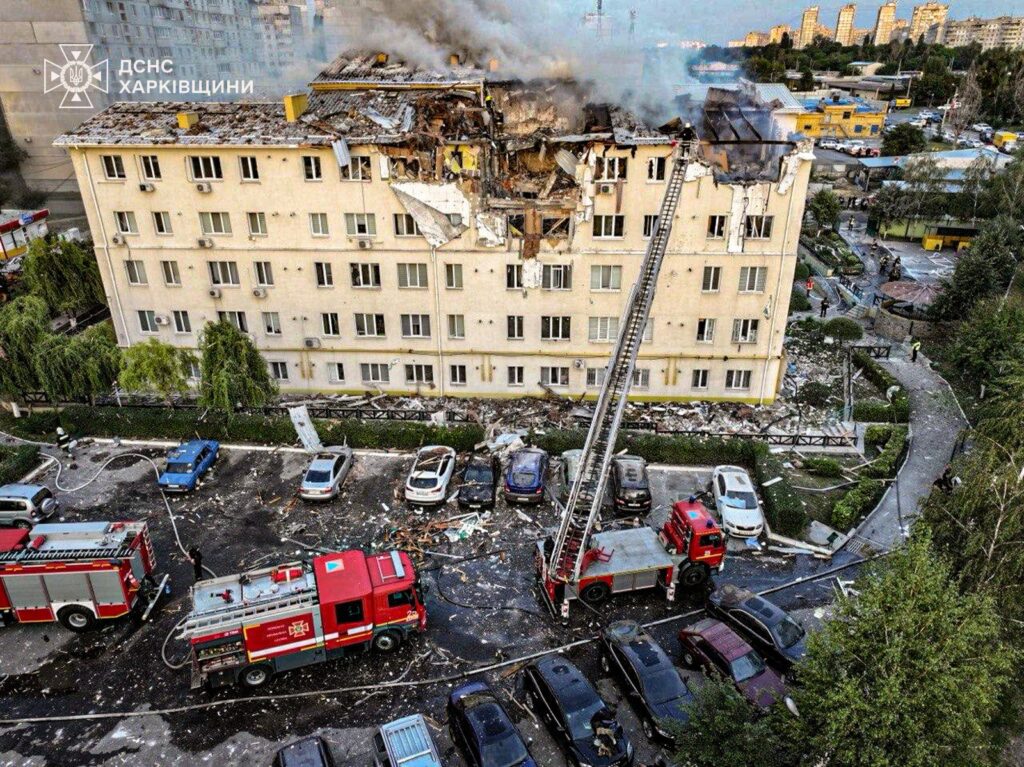
Russia has deliberately killed a family in one of the Ukrainian regions ahead of a key event for Ukraine in Washington aimed to end the war. Ukrainian President Volodymyr Zelenskyy has called the attack “absolutely demonstrative and cynical,” stressing that it was conducted right before his meeting with US President Donald Trump.
A few days earlier, the American president hosted Russian ruler Vladimir Putin, greeted with full honors as the US Army rolled out a red carpet in Alaska. During the event, Putin called Ukraine a “brotherly nation,” despite Moscow’s murder of Ukrainian civilians in Russian air assaults.
After that meeting, Trump dropped his demand for an immediate ceasefire and argued that a quick peace deal could be reached if Zelenskyy agreed to hand over Donbas to Russia, including areas not currently occupied by Russian troops.
Mass civilian casualties
In Kharkiv, seven people were killed, including an 18-month-old child. Nearly 34 others were injured, six of them children. The city declared a day of mourning. Five drones deliberately approached the building from different directions, striking as residents slept inside, Ukrainian authorities say.
Strikes on Zaporizhzhia and Odesa
Russia also launched missile strikes on Zaporizhzhia and Odesa. In Zaporizhzhia, three people were killed and another 20 injured. In Odesa, a drone hit an energy facility owned by an Azerbaijani company, threatening Ukraine’s energy security as well as its relations with international partners.
Zelenskyy on Kremlin’s cynical pressure
“Everyone wants a just peace and true security. And at this very moment, the Russians strike Kharkiv, Zaporizhzhia, Sumy, Odesa, residential buildings, our civilian infrastructure. This is the deliberate killing of people by the Russians, the killing of children,” the Ukrainian president emphasizes.
According to him, the attacks are a direct tool of Kremlin pressure on Ukraine and the EU ahead of diplomatic negotiations.
Read also
-
Death toll from Russian attack on residential area in Kharkiv rises to 5, including toddler and teenager
-
The Economist: Trump team is “unbelievably aggressive” toward Ukraine in land concession push
-
Frontline report: Azov corps encircles 800 Russian soldiers after 18-kilometer breakthrough collapses
